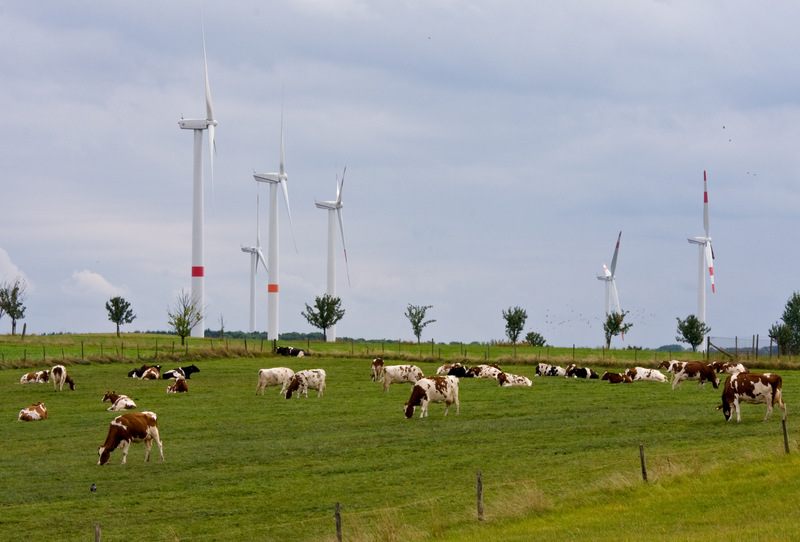As people work to become more health conscious, we are taking a closer look at the foods we eat regularly. And, while some have chosen to avoid animal products altogether, others have instead made an effort to find healthier versions of the product they already know and love.
Take beef, for example. Most of us know from grocery shopping that it’s now possible to buy items like ground beef with different levels of fat in them. And, you would think that when spending the extra money per pound on 93% lean beef that, that is hormone/additive free you’d be getting as healthy an option as possible.
You may find it surprising then that you can do better.
How? By sourcing your beef from grass-fed cows instead of grain fed cows.
But wait, isn’t grain a healthy food too? Well, yes, it is. However, in a cow’s diet, it has more in common with a bag of potato chips than a leafy green salad. The purpose of adding grain to a cows feed to fatten them up. Not bulk them up with lean muscle but add fat so they weigh more and can be sold for more money.
Grass-fed cows are much leaner, not because they are undernourished, but because they don’t build up excess fat. Beef from grass-fed cows is shown to be lower in saturated fat, calories, and total fat while being higher in vitamins and healthy fats.
Additionally, since the cattle are allowed to graze in open fields more than those who get crowded into feedlots, there is little to no need to give them antibiotics.
Finally, another side effect of some cheaper grain feeds it its ability to allow E. coli bacteria to breed much easier in the cows’ stomachs.
Still not convinced? Take a look at some more advantages grass-fed beef, and farming has:
- Lower Omega 6-fats (These are linked to heart disease)
- Higher Omega 3 fats (good for your brain)
- Higher CLA levels which help reduce the risk of heart disease and cancer
- Higher vitamin C and E levels
- Better quality of life for cattle (Less stress)
- Higher quality of Dairy products
- Pastures provide reduced flooding and soil erosion versus grain fields
- Self-fertilizing of pastures provides a more nutritious and more sustainable food source without costing extra money.
- Reduces the use of chemical fertilizers and pesticides to produce unsustainable corn and soy feed.
Disadvantages of Grass Fed Beef
Like organic produce, especially when the movement was just getting off the ground, it may be difficult initially to find a local supplier. The lack of farms producing grass-fed beef also tends to make it more expensive for now. But, if you are in a position to take advantage of this healthy and more sustainable beef source, the advantages definitely outweigh the disadvantages.
It Just Tastes Better!
One last advantage to mention that anyone who’s made the switch will tell you, grass-fed beef has a much better taste to it. Of course, the best way to find out is to try it and see.
Where to Buy Grass Fed Beef
If you have a locally owned butcher shop or similar, you may be able to find it there. Whole Foods stores also carry it, but it tends to be more expensive. Buying from Whole Foods initially would give you an opportunity to assess the differences yourself before looking too hard in your area for a supplier.
Two resources online that provide information about where to buy grass fed beef are:
- Eat Wild at www.eatwild.com
- US Wellness Meats: 100% Grass-Fed Beef https://grasslandbeef.com/
Once you’ve made the switch, its time to fire up the grill and cook up the best burger or steak you’ve ever had.



